Do you have a question about this product?
Ask us your question
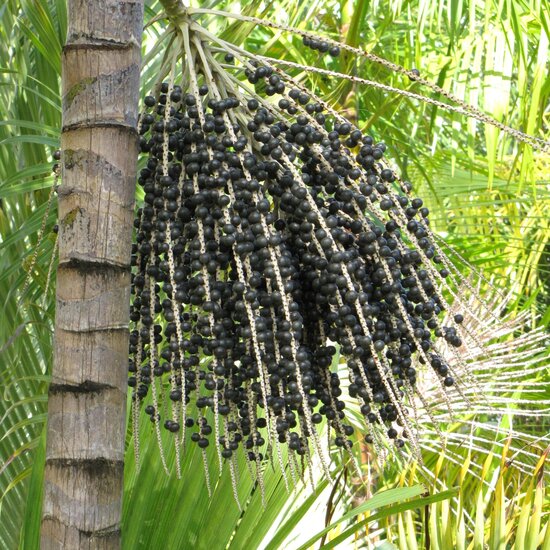
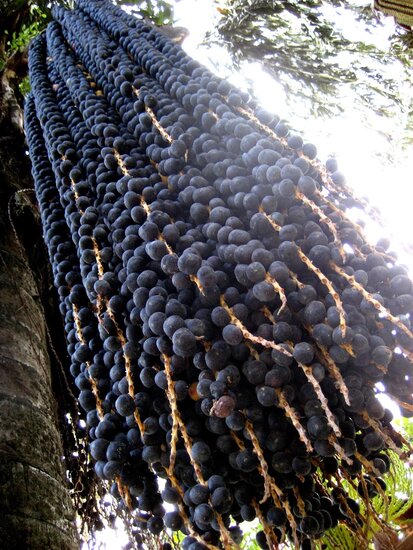
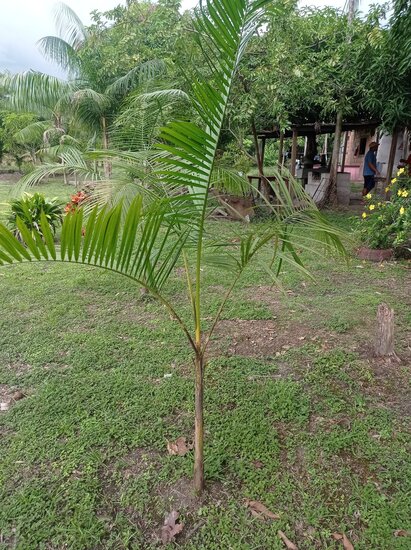
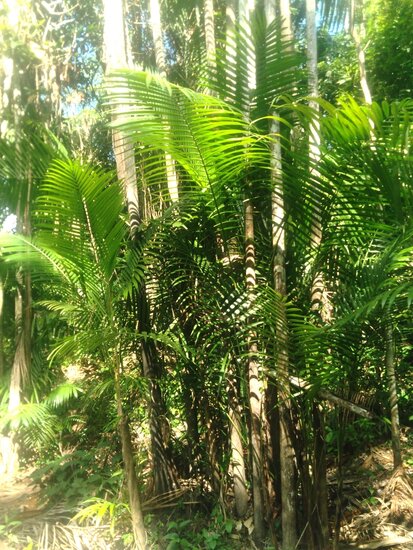
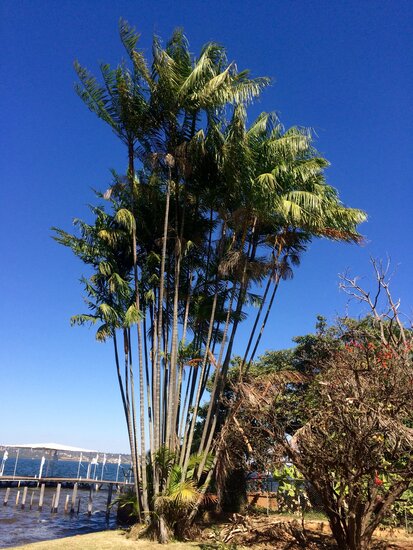
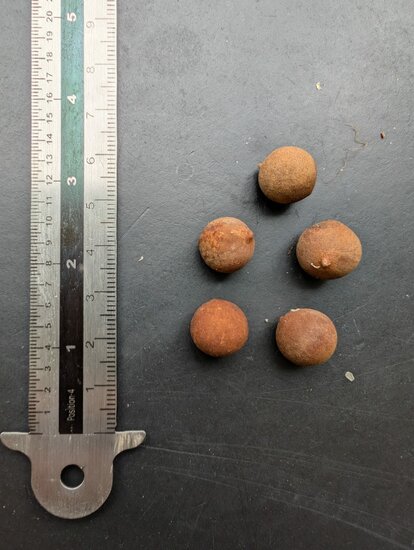






Product description
The Açaí palm is best known for its fruits, which are called podosiri in Suriname and are better known in Europe as açaí berries. The palm is native to the Amazon, where it grows mainly in swampy areas. It is a graceful palm species with multiple trunks that can grow to a height of 20-30 metres in the wild. The feathery palm leaves can grow up to 3.5 metres long and after about 5 years, the palm can flower with clusters of male and female flowers. After pollination, the female flowers are followed by 500 to 900 fruits that change colour from green to dark purple. Their taste is similar to that of blueberries, nuts and chocolate, and they contain many antioxidants. Traditionally, a pulp is made from them by soaking and grinding them. Furthermore, the inside of the palm is traditionally eaten as a vegetable and the leaves were used by the Aukaners as roofing material. Açai oil from the fruits is also used in all kinds of cosmetics.The palm can be kept as a houseplant in temperate climates. Under the right conditions, it is a fast grower and needs a warm place with plenty of indirect light to grow. High humidity helps growth, otherwise the plant can be sprayed regularly with water. Water regularly, but ensure the soil is well-drained.
Sowing description: Seeds can first be soaked in lukewarm water for 72 hours and then sown in seed compost. Keep the soil constantly slightly moist and cover with glass or foil for higher humidity. A temperature between 22 and 28 degrees is ideal for germination and initial development of the palm. It can take several weeks to months for the seeds to germinate. Germination can occur as long as the seeds are hard.
Product specification
Family:
Arecaceae
Scientific name:
Euterpe oleracea
Common name:
Açai palm
Native to:
South America
Sowing time:
All year round
Difficulty level:
Intermediate
Minimum temperature:
15 degrees Celsius
Do you have a question about this product?
Ask us your question
Product specification
Family:
Arecaceae
Scientific name:
Euterpe oleracea
Common name:
Açai palm
Native to:
South America
Sowing time:
All year round
Difficulty level:
Intermediate
Minimum temperature:
15 degrees Celsius
Add review
Write a review about this product.
Reviews
No reviews yet



